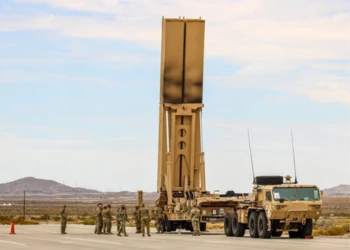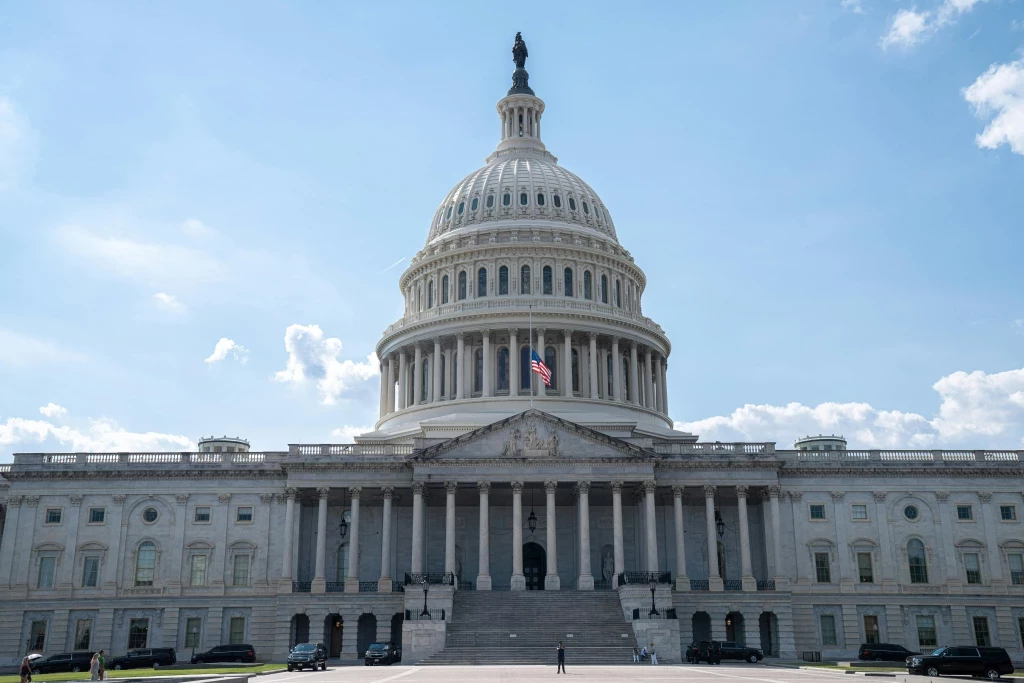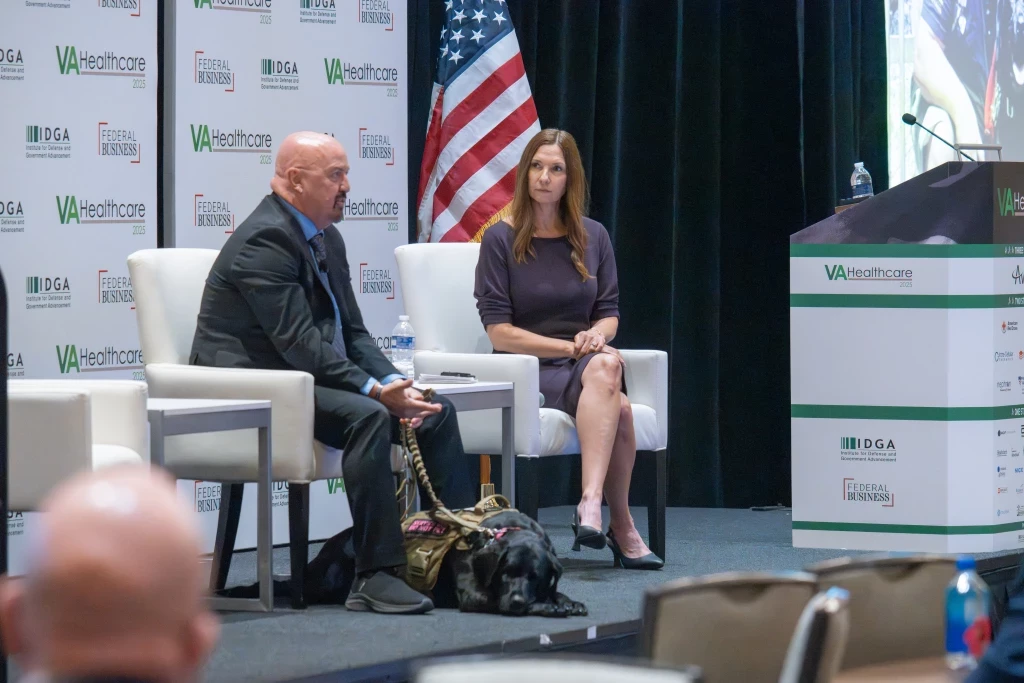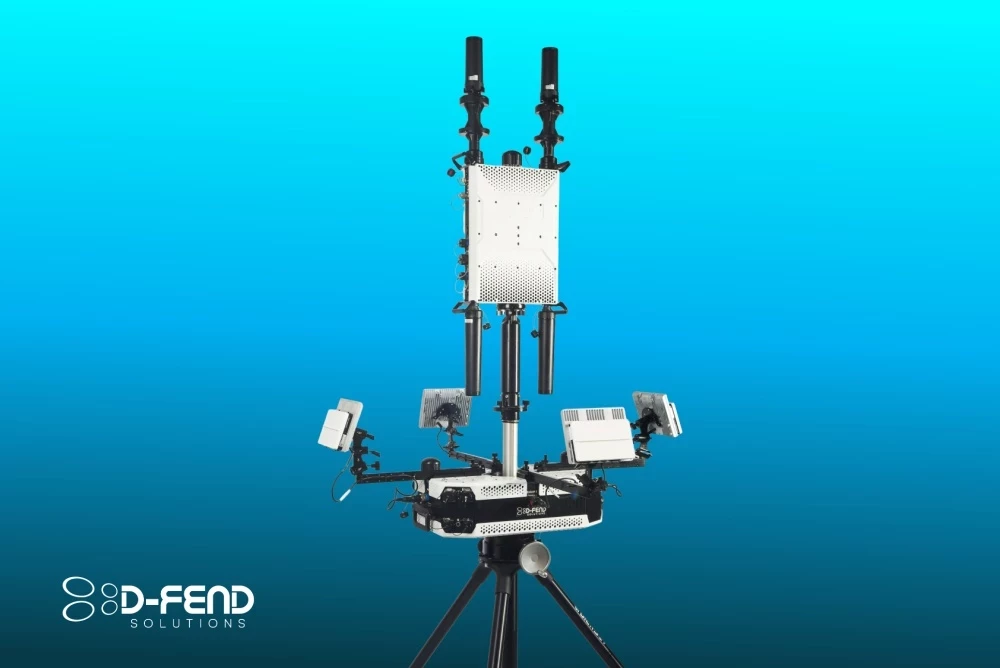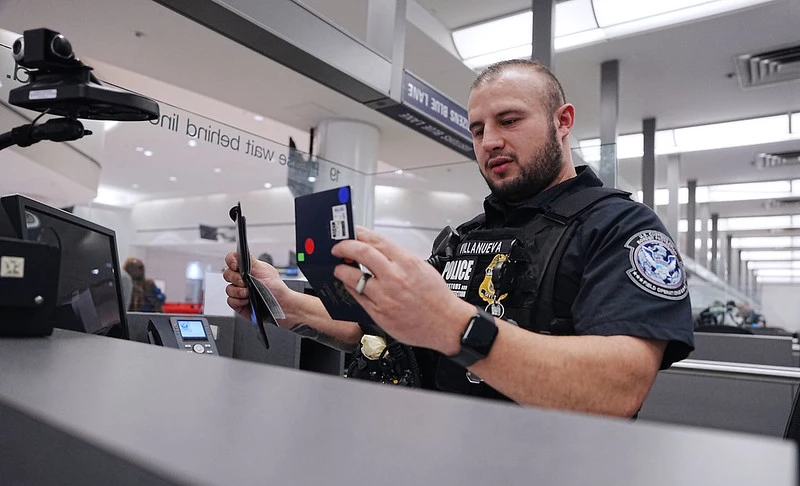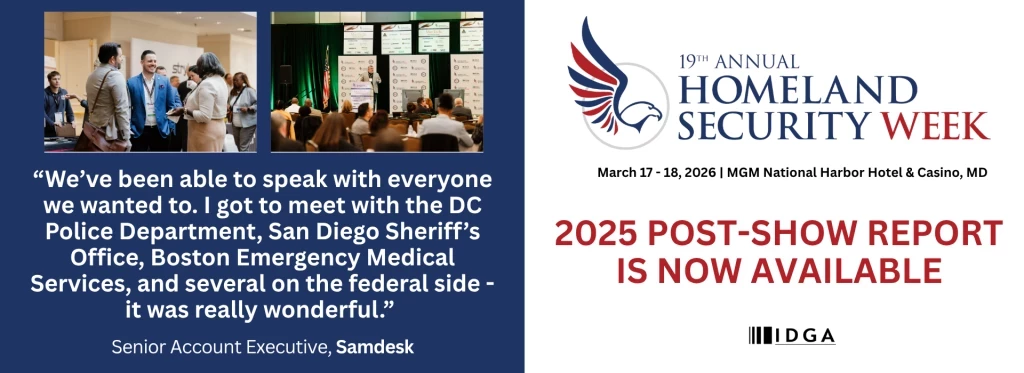A Beginner’s Guide to FedRAMP Certification
Add bookmark
During the tech boom of the 2000s and 2010s, the federal government, like most businesses, began looking to cloud computing as the future of data. However, for the U.S. government to turn to cloud computing, it required government-wide processes in place that ensure the secure integration of cloud technologies.
That oversight came in 2011 when the Government Services Administration (GSA) introduced the Federal Risk and Authorization Management Program (FedRAMP) at the behest of the Office of Management and Budget. By June 2012, the FedRAMP Program Management Office was up and running.
Thirteen years since its inception, FedRAMP continues to provide standardized security assessments, authorization, and continuous monitoring for cloud products and services used by federal agencies. FedRAMP ensures that cloud service providers (CSPs) meet strict cybersecurity requirements based on National Institute of Standards and Technology (NIST) standards. The program’s goal is to protect federal data, reduce duplication of security efforts, and streamline cloud adoption across agencies. FedRAMP authorization demonstrates that a CSP has met government-wide security and risk management standards for handling federal information.
The following guide will walk readers through who needs FedRAMP, the stages of FedRAMP authorization, and more.
Who needs FedRAMP certification?
While CSPs must be FedRAMP compliant in order to have their technology work with government data, they are not the only stakeholder impacted by FedRAMP. This section will breakdown who those other parties are, and why FedRAMP is relevant to them.
Cloud Service Providers – The CSPs are the vendors in the FedRAMP equation. CSPs include Software-as-a-Service (SaaS) providers, Infrastructure-as-a-Service (IaaS) providers, and Platform-as-a-Service (PaaS) providers.
Sponsoring federal agencies - U.S. federal agencies don’t get certified but must use FedRAMP-authorized cloud services for any deployment involving controlled, unclassified data. Agencies such as the Department of Commerce (DoC), CDC, FDA, and Secret Service (USSS) often sponsor CSPs seeking FedRAMP authorization.
Third-Party Assessment Organizations (3PAOs) - A Third-Party Assessment Organization 3PAO is an independent entity accredited by the American Association for Laboratory Accreditation (A2LA) to assess the security of cloud service offerings (CSOs) under FedRAMP. 3PAOs conduct both initial and periodic evaluations of cloud systems to verify that they meet FedRAMP’s strict cybersecurity standards. Their assessments form the foundation for federal agencies to make informed, risk-based authorization decisions about using specific cloud services. In addition to formal assessments, some CSPs also engage 3PAOs for consulting support, such as preparing security documentation or providing advisory services.
What are the stages of FedRAMP compliance?
The FedRAMP authorization process can take anywhere from 10 to 19 months. However, understanding the timeline below can help organizations allocate resources, set realistic expectations, and help team members stay on track.
Step 1: Preparation Phase (2–4 Months)
During the preparation phase, the cloud service provider (CSP) defines the scope of authorization, assigns key roles and responsibilities, and conducts a gap analysis to identify areas that do not yet meet FedRAMP requirements. A plan of action is created to address deficiencies, and a Third-Party Assessment Organization (3PAO) is selected to conduct the formal assessment.
Step 2: Security Package Development (3–7 Months)
In this phase, the CSP develops the System Security Plan (SSP), implements required security controls, and documents all supporting security policies and procedures. A continuous monitoring strategy is also established to ensure that the system maintains compliance after authorization.
Step 3: Third-Party Assessment (2–4 Months)
The CSP engages its chosen 3PAO to conduct a comprehensive security assessment of the system. During this time, any vulnerabilities or findings are remediated, and the 3PAO validates the results through a finalized Security Assessment Report (SAR) and a Plan of Action and Milestones (POA&M).
Step 4: Authorization Process (3–4 Months)
Once the assessment is complete, the CSP submits its full security package to the FedRAMP Program Management Office (PMO). The PMO reviews the documentation, requests clarifications if needed, and, upon approval, issues either a Provisional Authorization to Operate (P-ATO) or a full Authorization to Operate (ATO).
What is the cost of FedRAMP compliance?
Not only is attaining FedRAMP authorization a time-consuming process, it is also a major financial investment, with total costs typically ranging from $150,000 to over $2 million. The exact expense depends on factors such as the complexity of the cloud system, the scope of the assessment, and the level of security controls required.
The process involves multiple cost drivers across several stages. Consulting fees, covering pre-assessment preparation, remediation guidance, and compliance support, can range from $30,000 to $250,000. Third-Party Assessment Organizations (3PAOs), which conduct mandatory security evaluations, typically charge between $50,000 and $350,000, depending on the size and complexity of the system. If security gaps are discovered, remediation costs may range from $10,000 to several hundred thousand dollars to address and resolve those issues. After certification, continuous monitoring to maintain compliance adds recurring annual costs of $50,000 to $150,000 for reporting, auditing, and system updates.
Despite the costs, FedRAMP compliance offers long-term value, enhanced trust in the federal government, and a competitive edge for cloud service providers committed to meeting rigorous federal cybersecurity standards.


